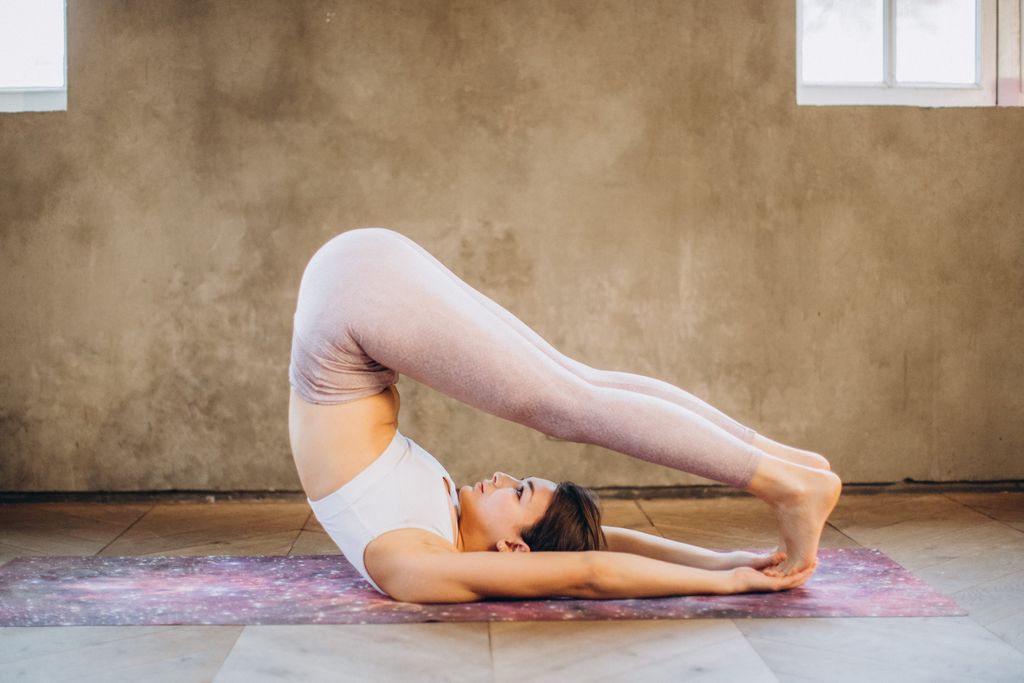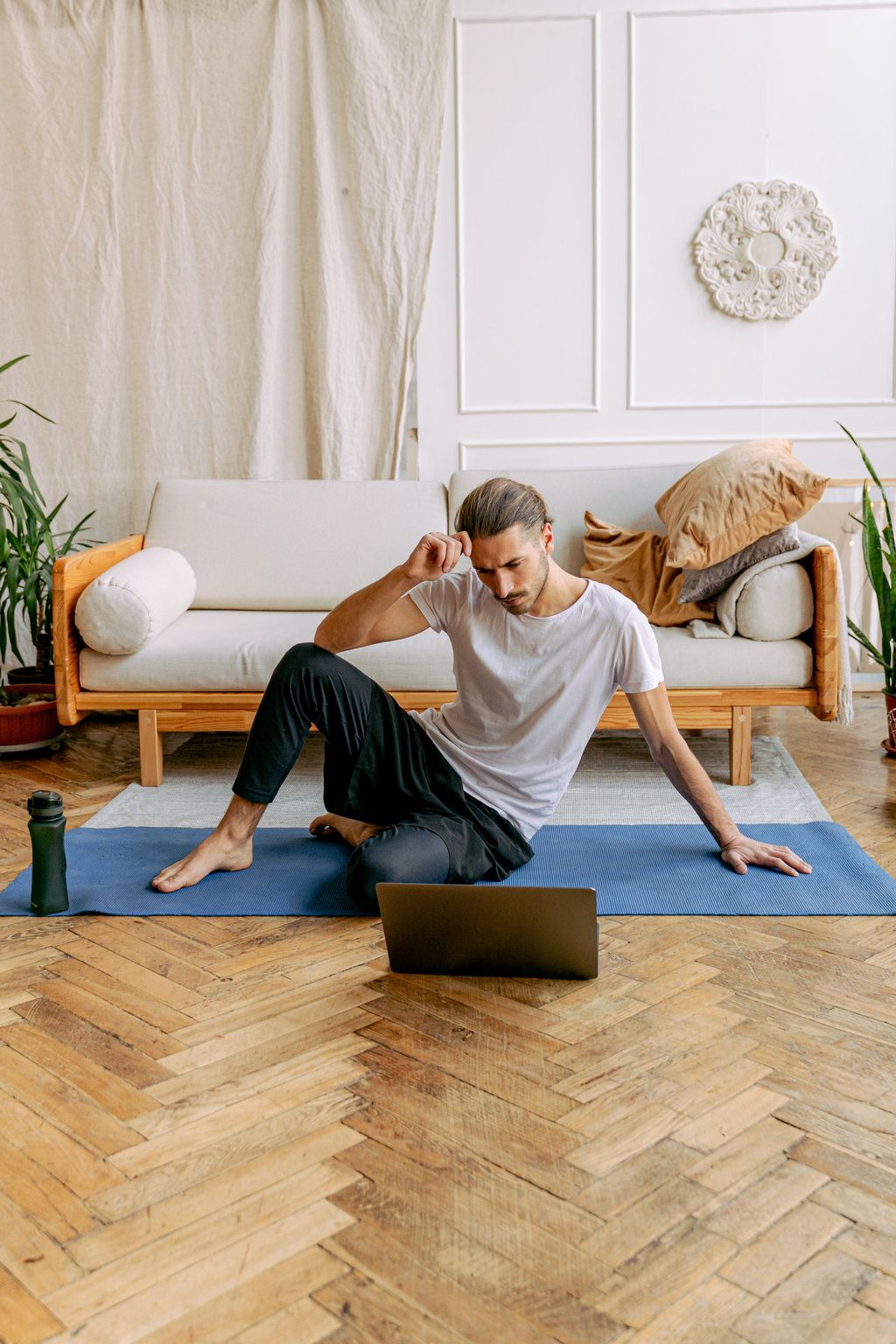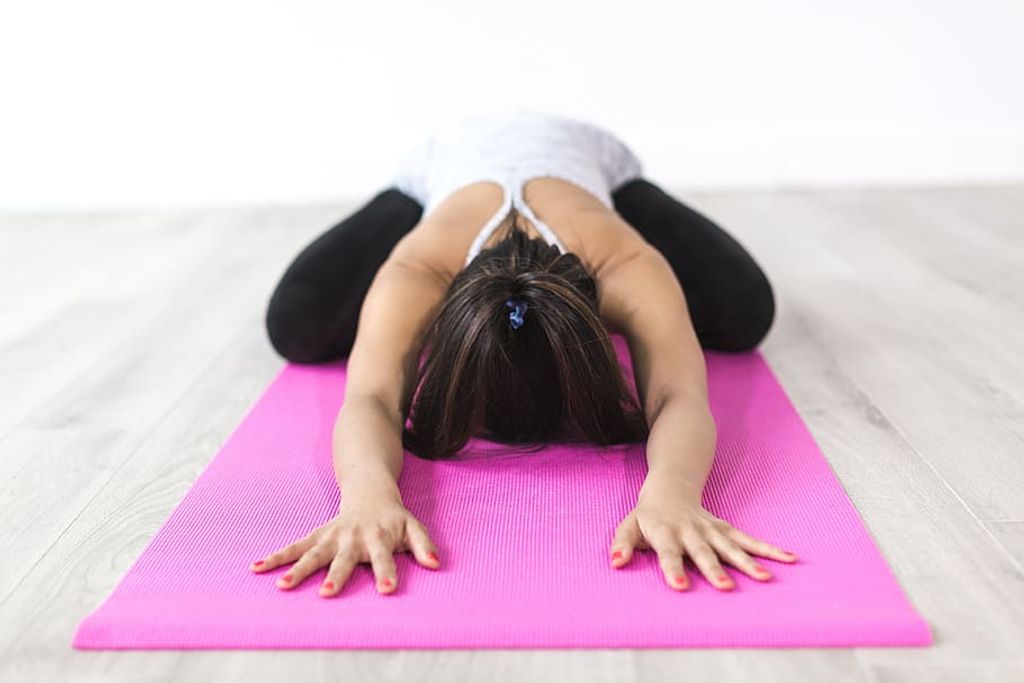
Finding the Best Yoga Mat for Hot Yoga
Hot yoga is a popular form of yoga that is practiced in a heated room to promote flexibility, detoxification, and relaxation. Finding the best yoga mat for hot yoga is essential to ensure a safe and comfortable practice. In this article, we will explore the key factors to consider when choosing a yoga mat for hot yoga and provide recommendations for the top yoga mats available in the market.
Key Takeaways
- Choose a yoga mat made of materials that are suitable for hot yoga, such as natural rubber or polyurethane.
- Opt for a mat with sufficient thickness and cushioning to provide support and prevent discomfort during hot yoga sessions.
- Look for a yoga mat with excellent grip and traction to prevent slipping and ensure stability during poses.
- Consider the durability and longevity of the yoga mat to ensure it can withstand the heat and sweat of hot yoga.
- Select a yoga mat that is heat resistant, absorbs sweat effectively, controls odor, and is easy to clean for a hygienic practice.
Understanding Hot Yoga
What is Hot Yoga?
Hot yoga, also known as Bikram yoga, is a style of yoga practiced in a heated room. The room is typically heated to temperatures ranging from 90 to 105 degrees Fahrenheit. The heat helps to increase flexibility, promote detoxification through sweating, and intensify the practice. Hot yoga classes usually follow a specific sequence of 26 postures and two breathing exercises. It is important to stay hydrated and listen to your body during hot yoga sessions.
Benefits of Hot Yoga
Hot yoga offers numerous benefits for both the body and mind. The high temperature in the room helps to increase flexibility and loosen muscles, allowing for deeper stretches and poses. It also promotes detoxification through sweating, which can help to eliminate toxins from the body. Additionally, hot yoga can improve cardiovascular health and increase endurance. The intense heat and challenging poses can also help to build strength and improve balance. Overall, hot yoga provides a holistic workout that combines physical and mental benefits.
Precautions for Hot Yoga
When practicing hot yoga, it is important to take certain precautions to ensure a safe and enjoyable experience. Here are some key points to keep in mind:
-
Stay hydrated: Proper hydration is crucial during hot yoga sessions. Make sure to drink water before, during, and after class to replenish fluids lost through sweat.
-
Pace yourself: Hot yoga can be intense, so listen to your body and take breaks when needed. Don't push yourself too hard and risk injury.
-
Dress appropriately: Wear lightweight, breathable clothing that allows for easy movement and wicks away sweat.
-
Use a towel: Placing a towel on your mat can help absorb sweat and provide better grip.
-
Be mindful of the heat: Hot yoga studios can get very hot, so be prepared for the high temperatures. Take breaks if you start to feel lightheaded or dizzy.
-
Consult your doctor: If you have any pre-existing medical conditions or concerns, it's always a good idea to consult with your doctor before starting hot yoga.
Choosing the Right Yoga Mat
Material and Texture
When it comes to choosing the right yoga mat for hot yoga, the material and texture play a crucial role. The material of the mat should be able to withstand the heat and provide a good grip. A mat with a textured surface can help prevent slipping during sweaty sessions. Additionally, the thickness and cushioning of the mat are important factors to consider. A thicker mat can provide more comfort and support for your joints, while a thinner mat allows for better stability and balance. Cushioning is especially important for poses that require you to put pressure on your knees or wrists.
Thickness and Cushioning
When it comes to choosing the right yoga mat for hot yoga, thickness and cushioning are important factors to consider. A thicker mat provides more cushioning and support for your joints, making it ideal for those who prefer a softer surface. On the other hand, a thinner mat allows for better stability and balance during challenging poses. Finding the right balance between thickness and cushioning is key to a comfortable hot yoga practice.
Grip and Traction
Grip and Traction
When practicing hot yoga, having a yoga mat with excellent grip and traction is essential. It helps prevent slipping and provides stability during challenging poses. Look for a mat that is made with a non-slip material and has a textured surface for enhanced grip. This will allow you to focus on your practice without worrying about your hands or feet sliding on the mat.
Durability and Longevity
When it comes to durability and longevity, the material and construction of the yoga mat play a crucial role. High-quality materials such as natural rubber or PVC with reinforced fibers are known for their exceptional durability.
For a quick comparison, here's a table showcasing the durability of different yoga mat materials:
| Material | Durability Rating |
|---|---|
| Natural Rubber | Excellent |
| PVC | Good |
| TPE | Moderate |
It's important to note that proper care and maintenance, such as regular cleaning and storage, also contribute to the longevity of the yoga mat.
Tip: To extend the lifespan of your yoga mat, consider using a yoga towel or mat spray to minimize wear and tear from sweat and friction.
Features to Consider
Heat Resistance
When practicing hot yoga, it's important to choose a yoga mat that can withstand the heat. Look for mats that are specifically designed to be heat resistant, as they will be able to handle the high temperatures without warping or degrading. These mats are typically made from materials like natural rubber or PVC, which have excellent heat resistance properties. Additionally, consider the thickness of the mat, as thicker mats tend to provide better insulation against the heat. A thicker mat will also offer more cushioning and support, which can be beneficial during intense hot yoga sessions.
Sweat Absorption
Sweat absorption is a crucial factor to consider when choosing a yoga mat for hot yoga. During hot yoga sessions, you can expect to sweat profusely, and a mat with good sweat absorption will help prevent slipping and provide a secure grip. Look for mats that are made from moisture-wicking materials, such as natural rubber or microfiber, as they are designed to absorb sweat and keep the surface dry. Additionally, mats with a textured surface can also enhance sweat absorption by increasing the surface area for moisture to be absorbed.
Odor Control
When practicing hot yoga, it's important to consider the odor control of your yoga mat. The heat and sweat generated during hot yoga sessions can lead to unpleasant smells if the mat is not designed to handle it. Look for yoga mats that have built-in odor control features to keep your mat smelling fresh and clean. These mats are typically made with materials that are resistant to odor-causing bacteria and can be easily cleaned to remove any lingering smells. Investing in a yoga mat with good odor control will enhance your hot yoga experience and ensure a more pleasant practice.
Easy to Clean
When choosing a yoga mat for hot yoga, it is important to consider how easy it is to clean. After a sweaty session, you'll want a mat that can be easily wiped down or washed to remove any dirt, sweat, or odor. Look for mats that are made from materials that are resistant to stains and can be cleaned with a simple wipe or rinse.
Additionally, some mats come with antimicrobial properties that help prevent the growth of bacteria and fungi, keeping your mat fresh and hygienic. These mats are usually easy to clean and maintain, as they can be wiped down with a damp cloth or sprayed with a mild cleaning solution.
To ensure the longevity of your yoga mat, it is recommended to clean it regularly. Follow the manufacturer's instructions for cleaning and maintenance to keep your mat in the best condition possible.
Remember, a clean yoga mat not only promotes good hygiene but also enhances your overall yoga experience.
Top Yoga Mat Recommendations
Yoga Mat A
Yoga Mat A is a high-quality mat made from durable and eco-friendly materials. It provides excellent grip and traction, making it ideal for hot yoga sessions. The mat is designed to be heat resistant, allowing you to practice comfortably in a heated room. It also has great sweat absorption properties, keeping you dry and preventing slipping during your practice. The mat is easy to clean and maintain, ensuring its longevity. Overall, Yoga Mat A is a top choice for hot yoga practitioners.
Yoga Mat B
When considering the best yoga mat for hot yoga, durability is a key factor to keep in mind. Yoga Mat B is made from high-quality materials that are designed to withstand the intense heat and moisture of hot yoga sessions. Its durable construction ensures that it will last for a long time, even with regular use.
In addition to its durability, Yoga Mat B also offers excellent grip and traction. The mat's textured surface provides a secure grip, preventing slips and slides during your hot yoga practice. This is especially important when you're sweating profusely, as it helps you maintain stability and balance.
To further enhance your hot yoga experience, Yoga Mat B is also equipped with sweat absorption properties. The mat's absorbent surface helps to wick away moisture, keeping your mat dry and preventing it from becoming slippery. This allows you to focus on your practice without worrying about slipping or losing your grip.
In summary, Yoga Mat B is a durable and high-performing option for hot yoga practitioners. Its excellent grip, traction, and sweat absorption properties make it a reliable choice for a safe and comfortable practice.
Yoga Mat C
Yoga Mat C
When choosing a yoga mat for hot yoga, it's important to consider the material, thickness, grip, and durability. One option to consider is a foldable suede top travel yoga mat. This type of mat is designed for easy portability and is made with a suede top that provides a comfortable and non-slip surface. The foldable design allows for convenient storage and transportation. Additionally, this mat is durable and long-lasting, making it a great choice for hot yoga practitioners.
Yoga Mat D
Yoga Mat D is a premium large yoga mat that provides extra thickness and comfort for your hot yoga practice. This mat measures 7'x5'x9mm, making it spacious enough for various yoga poses and exercises. It is designed to be non-slip, ensuring stability and safety during your workouts. Made from eco-friendly materials, this mat is not only good for your practice but also for the environment. With its durability and longevity, Yoga Mat D is a great investment for hot yoga enthusiasts.
Welcome to Yune Yoga, your ultimate destination for all your yoga mat and fitness and health accessory needs. Whether you're a beginner or an experienced yogi, we have the perfect yoga mat recommendations for you. Our wide range of high-quality mats are designed to provide comfort, stability, and support during your yoga practice. From eco-friendly options to extra thick mats, we have something for everyone. Visit our website today and explore our top yoga mat recommendations. Join the #YuneYoga community and take your yoga practice to the next level!
Conclusion
In conclusion, finding the best yoga mat for hot yoga is essential for a comfortable and safe practice. With the wide variety of options available, it is important to consider factors such as durability, grip, and heat resistance. By choosing a mat that meets these criteria, yogis can enhance their hot yoga experience and prevent injuries. Remember to also consider personal preferences and budget when making a decision. Investing in a high-quality yoga mat will not only improve your practice but also provide long-lasting support and stability. So, take your time, do your research, and find the perfect yoga mat that suits your needs and enhances your hot yoga practice.
Frequently Asked Questions
1. Can I use a regular yoga mat for hot yoga?
While you can use a regular yoga mat for hot yoga, it is recommended to use a mat specifically designed for hot yoga. These mats are often made of materials that provide better grip and traction in sweaty conditions.
2. How thick should a yoga mat be for hot yoga?
For hot yoga, it is recommended to use a mat that is at least 4-5mm thick. This provides enough cushioning for your joints while still maintaining stability and balance.
3. How do I clean a yoga mat after hot yoga?
To clean a yoga mat after hot yoga, you can use a mixture of mild soap and water. Gently scrub the mat with a soft cloth or sponge, then rinse it thoroughly with water. Allow the mat to air dry completely before rolling it up.
4. How often should I replace my yoga mat for hot yoga?
The lifespan of a yoga mat for hot yoga depends on its quality and usage. On average, it is recommended to replace your mat every 6-12 months or when you notice signs of wear and tear.
5. Can I use a towel instead of a yoga mat for hot yoga?
While using a towel instead of a yoga mat for hot yoga is an option, it may not provide the same level of stability and support. A yoga mat is designed to provide better grip and cushioning, which can enhance your practice.
6. Are there any specific features I should look for in a yoga mat for hot yoga?
When choosing a yoga mat for hot yoga, it is recommended to look for features such as heat resistance, sweat absorption, odor control, and ease of cleaning. These features can enhance your hot yoga experience.


